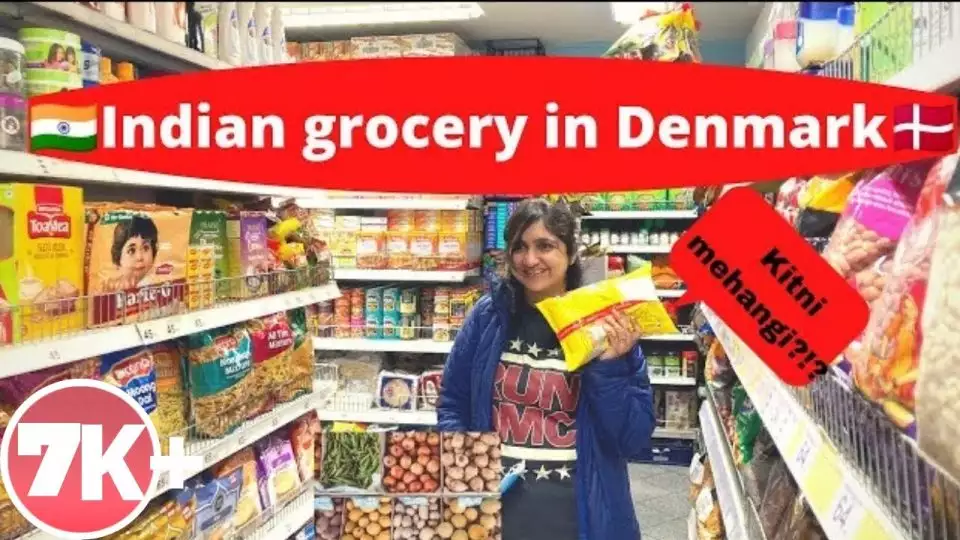By Riad Beladi. Edited by James Taylor
In an age when digital platforms dominate communication and consumer attention spans are measured in seconds, branding fruit and vegetables has become both an art and a science. Once considered simple commodities sold by weight or appearance, fresh produce now competes for shopper loyalty in a crowded, algorithm-driven marketplace where authenticity, sustainability and emotional connection define purchasing behaviour.
From Commodity to Character
Fruit and vegetables were historically marketed on freshness, locality and price. A shopper’s choice was largely visual: the shine of an apple, the firmness of a tomato. Today, these products must tell stories — of provenance, growers, and ethical production — to stand out. Branding has evolved beyond stickers and crates; it extends to packaging design, digital storytelling, and social engagement.
Retailers and producers increasingly understand that the modern consumer, especially younger generations, responds to identity. A brand that humanises the grower, highlights the journey from farm to table, or aligns with climate-conscious values, builds recognition far beyond the shelf. Whether through QR codes revealing field locations or short-form social content showing harvest moments, storytelling now drives perceived value.
The Shift in Advertising Channels
Traditional mass advertising — television, print, outdoor — once shaped supermarket perception. Today, the decisive influence lies in micro-targeted digital campaigns and influencer content. Retailers and producers no longer need massive budgets to reach consumers; instead, they need creativity, data, and authenticity.
Platforms such as Instagram, TikTok, and YouTube have become crucial stages for promoting produce. A simple, genuine post by a chef or sustainability advocate can achieve what expensive broadcast spots once did. The focus has shifted from persuasion to participation — inviting consumers to share recipes, tag origins, or engage with brands on issues like plastic reduction or fair wages.
Keeping Shoppers Loyal
Loyalty in the produce aisle is notoriously fragile. Consumers switch brands easily when faced with similar quality at lower prices. The key to retention now lies in trust and experience.
-
Transparency – Shoppers want to know where their food comes from. Brands that openly communicate sourcing practices and certifications, and that use traceable QR codes or digital storytelling, are rewarded with repeat purchase behaviour.
-
Consistency of Quality – Digital storytelling can attract first-time buyers, but consistency keeps them. Retailers must work closely with growers to ensure that branded produce delivers the same taste, texture, and freshness across seasons.
-
Emotional Engagement – Campaigns built around family farming traditions, biodiversity protection, or healthy eating connect emotionally. When consumers identify with the brand’s mission, they are less price-sensitive.
-
Partnership with Retailers – Effective branding requires synergy between grower and retailer. Eye-level positioning, attractive point-of-sale displays, and consistent in-store communication reinforce brand identity. Retailers increasingly see produce brands as content partners rather than suppliers, collaborating on in-store videos, recipe cards, or local-origin storytelling.
-
Sustainability Credentials – Packaging reduction, waste minimisation, and fair labour practices have become non-negotiable. Shoppers reward brands that take verifiable steps in these areas. Certification logos now serve as visual shorthand for trust, much like nutrition labels once did.
The Data Dimension
AI and digital analytics now allow producers and retailers to monitor shopper behaviour in real time. From eye-tracking in-store displays to online sentiment analysis, data defines what messaging resonates. Brands can test which visuals or stories drive conversions, adjusting strategy instantly. This agility — once confined to FMCG and fashion — is now entering the fresh produce sector.
The integration of retail media networks means fruit and vegetable brands can buy targeted space on supermarket websites and apps, reaching consumers already planning their weekly shop. The same precision that drives digital advertising for packaged goods is now available to the produce category — and those who adopt it early will win visibility.
The Future of Fresh Branding
The next evolution in fruit and vegetable branding will blend digital engagement with physical authenticity. Expect to see augmented reality packaging, blockchain-enabled traceability, and direct-from-farm video storytelling embedded into online grocery experiences. The goal is no longer just to sell freshness, but to sell belief.
For supermarkets, the message is clear: the produce aisle is no longer the silent section of the store. It is a dynamic platform for values, community and transparency — the true heart of a retailer’s sustainability story. Those who adapt will not only keep shoppers buying their brand but turn everyday groceries into symbols of trust and taste.

